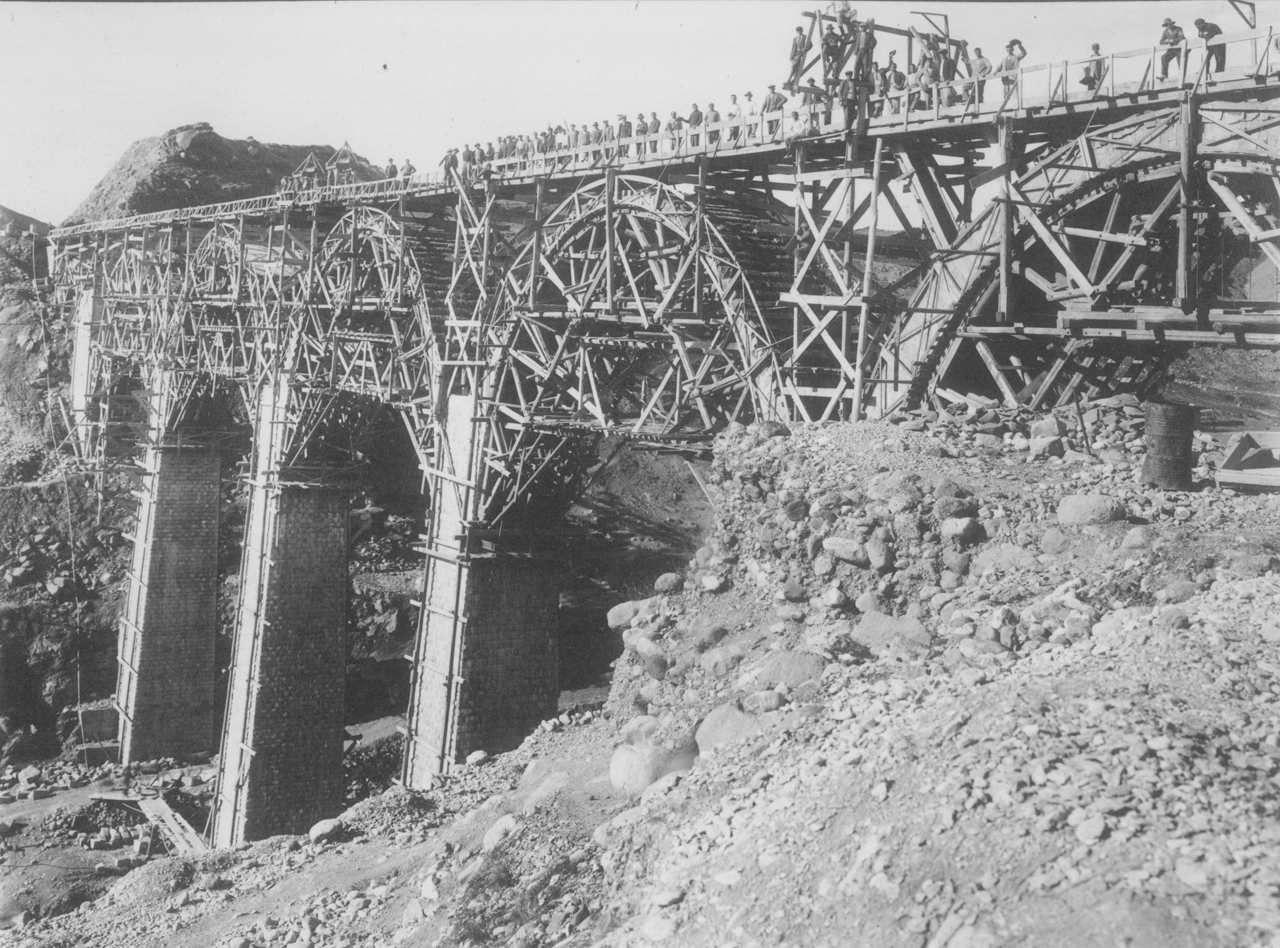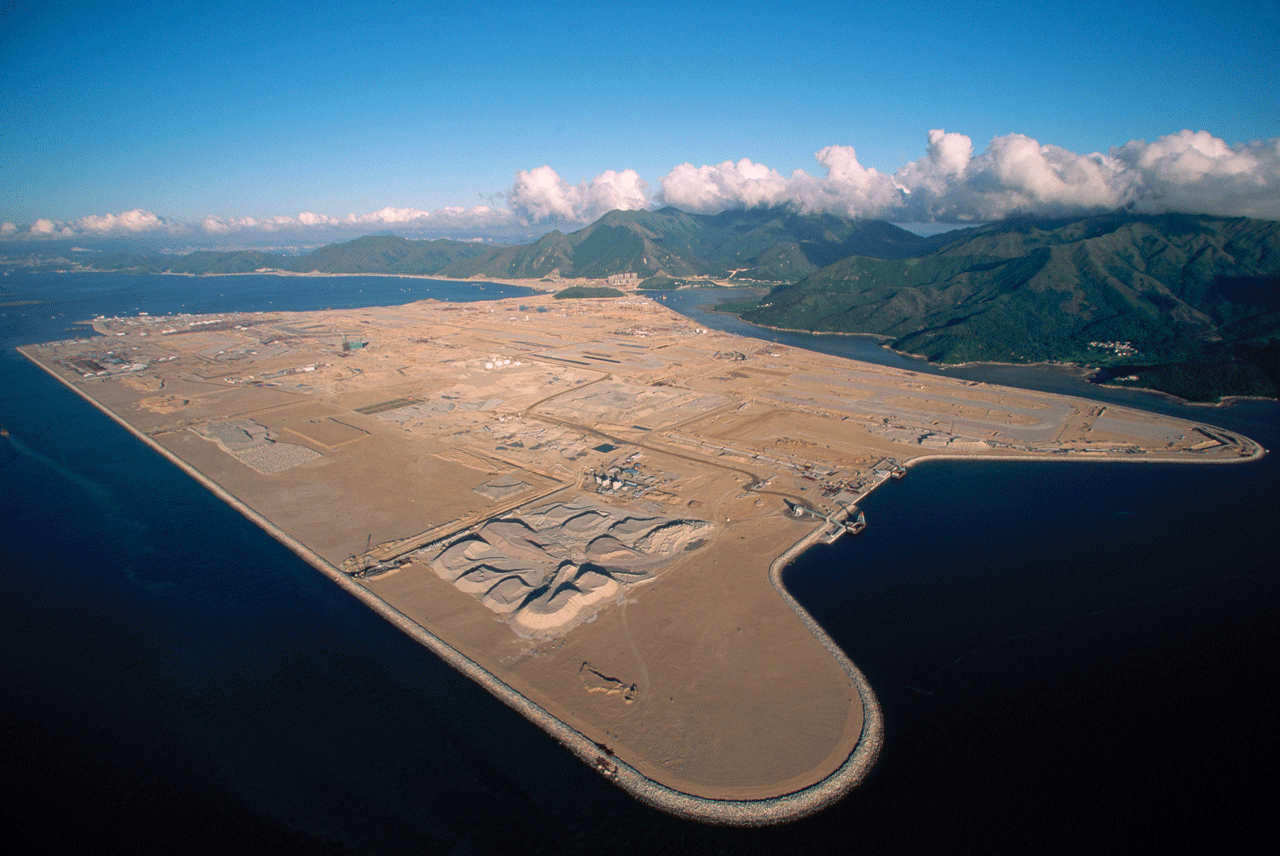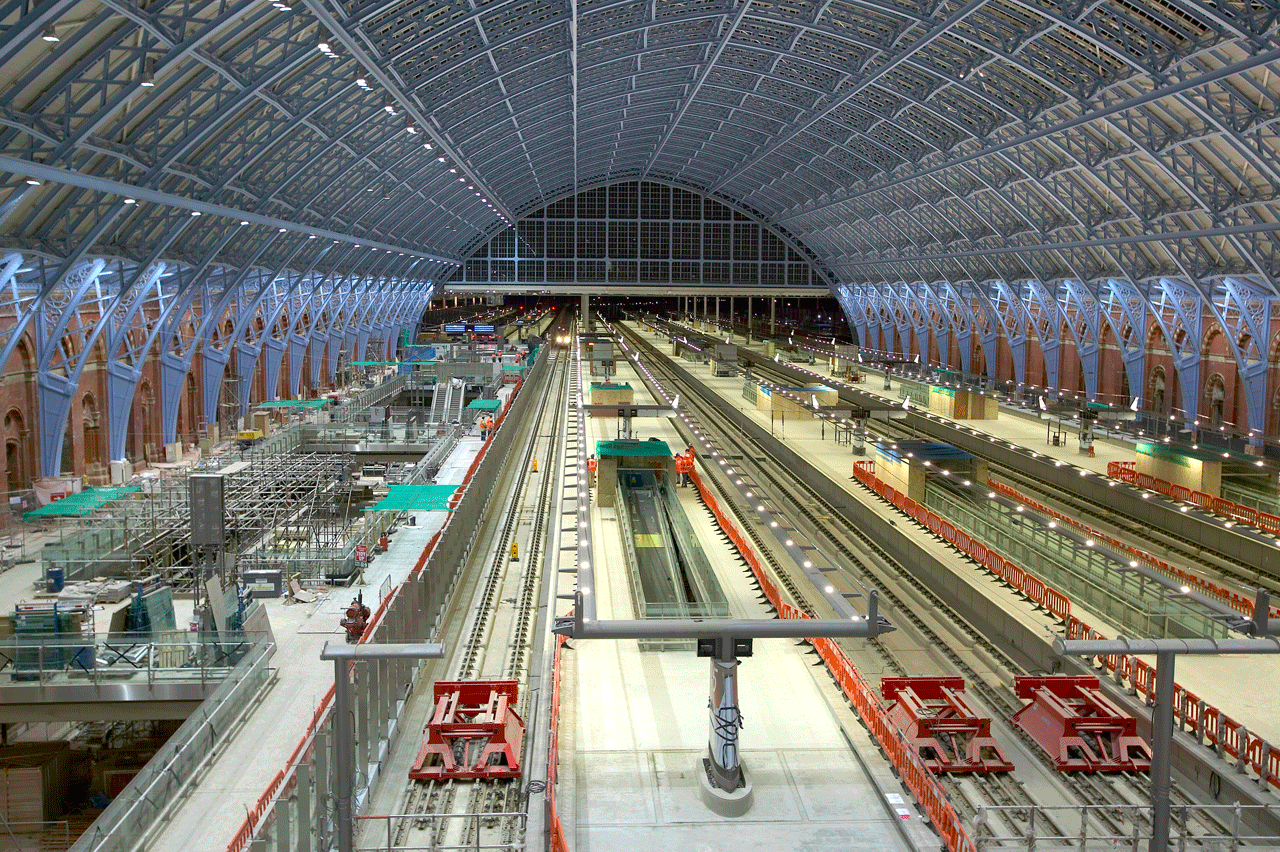Our history
Costain has been improving the lives of people through infrastructure since 1865.
In 1865 Richard Costain and his future brother-in-law made the short crossing from the Isle of Man to the booming port of Liverpool where they successfully began to trade as jobbing builders and undertakers.
The Company's building housing expertise
The company's first venture outside Merseyside was the construction of workforce accommodation for a steel company at Redcar, northeast England, during the First World War. But it was a move south to build houses in the booming suburbia around 1920s London that really sparked the family firm's expansion. Costain became known both for the construction of large ‘gentleman's residences’ in leafy Surrey and estates of more modest dwellings such as that built to house Ford's workforce at Dagenham, Essex.
Costain has benefited the lives of millions of people around the globe.
Our housing expertise found its greatest expression in the construction of Dolphin Square in London’s Pimlico. The largest block of flats in Europe at that time, the first 600 apartments were ready for use just a year after construction started in 1935. The second phase contained innovations not only in the swimming pool, squash courts and restaurant contained within the building but in its novel centralised heating system, involving waste heat being piped from Battersea Power Station on the opposite bank of the Thames.
Expansion overseas
The 1930s saw Costain move overseas for the first time. A contract to build an 11-mile section of the Trans-Iranian Railway through the Alborz Mountains was discovered – remarkably, only after the deal had been signed – to require long stretches of tunnels and viaducts, rather than conventional railway construction. The contract made a substantial loss, but the company’s technical prowess in driving through such difficult terrain greatly enhanced its reputation. Iran was also the site of Costain’s first foray into petrochemicals, with the building of the refinery at Abadan in 1938.

The Second World War – and its aftermath
Costain helped to create the remarkable Mulberry floating concrete port that was towed in sections across the English Channel to give the Allies a logistics foothold in France in the days following the D-Day invasion. And when peace returned, thousands of semi-permanent Costain-constructed concrete houses designed to last for a maximum of 30 years continued to give service for a decade beyond their estimated lifespan. Post-war, grey, austerity Britain was enlivened by the Festival of Britain site on the south bank of the Thames, constructed by Costain.
International challenges – and successes
Expansion in the Middle East continued, with the creation of a 10 million gallon-per-day water distillation plant helping transform Kuwait from a small fishing port into a modern city. Links with Kuwait continue to this day, with the influential Kharafi construction family holding a major stake in the company. Airports in Bahrain and Dubai followed, as did the world’s largest dry dock and the Middle East’s largest deep-water port in Dubai.
We have built airports, petrochemical plants, waste treatment works and schools – creating the building blocks of modern life and improving the quality of life of the people who use them.
Coalmining made an appearance in Costain’s portfolio, with the Westfield opencast mine in Scotland becoming the largest man-made excavation in Europe. Opencast interests expanded into Australia, but it was a venture into geologically troublesome deep mines in the US that was a major factor in almost bringing down the company in the mid-1990s.
Even during this difficult period, however, epoch-making projects continued. With the aid of 56,000 tonnes of explosives Chek Lap Kok Island was levelled to provide Hong Kong with a new international airport, while the nearby 1,377-metre Tsing Ma suspension bridge, built as part of a consortium, became the world’s longest combined road and rail bridge. Africa, too, was for many years fertile territory for Costain, with Nigeria, Zimbabwe and Botswana among the countries where swathes of infrastructure and major buildings were erected.

Costain created many of Sydney’s major office blocks, while offices and hotels regularly emerged from the clay foundations of London. More exotically, Tomsk, in Siberia, was the site for the creation of an oil additives plant.
We have gained a reputation for unusual levels of entrepreneurialism and innovation in solving engineering problems around the globe.
Costain today
At ‘home’, iconic projects have included the Thames Barrier, which has been raised more than 80 times since the 1980s to prevent London being flooded, and the construction of the Channel Tunnel and the Channel Tunnel Rail Link, including the revitalisation of St Pancras Station to accept Eurostar trains.

Today, our vital infrastructure work in London continues, to expand the flow both of water supplies and rail passengers through construction of the London Ring Main and projects such as Thameslink.
We regularly win awards for quality, innovation and safety. In 2010 Costain was named Contractor of the Decade by one of the UK’s most influential construction publications, New Civil Engineer.

Related
02.06.14
